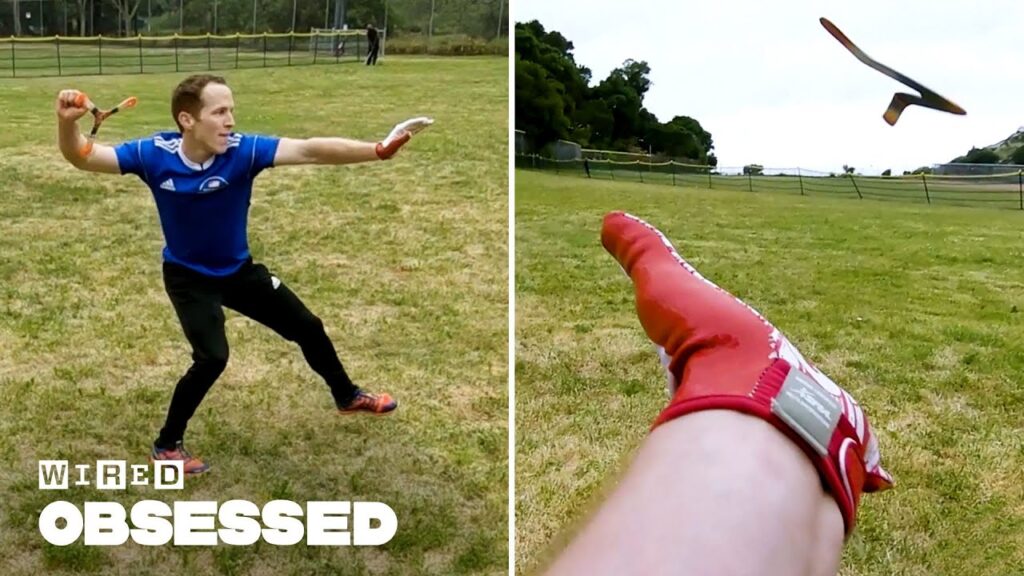The Impact of Technology and Other Factors on Tennis Serve Speed
Summary
In this article, we discuss the various factors that affect the speed of a tennis serve, including the player’s height, racket technology, string technology, ball condition, court surface, and weather conditions. While a player’s height is not the only determining factor, it can predict their potential. Advances in racket and string technology have contributed to an increase in serve speed, but conditions such as ball pressure, court surface, and weather can also impact serve speed.
Table of Contents
- The Impact of Racket and String Technology on Serve Speed
- Other Factors that Affect Serve Speed
- The Role of Conditions in Serve Speed
- The Difficulty of Achieving a Serve Speed of 160
- Conclusion
The Impact of Racket and String Technology on Serve Speed
The evolution of tennis rackets has had a significant impact on serve speed. Modern rackets have a larger sweet spot and allow for more topspin on the ball, resulting in faster serves. Advances in string technology have also contributed to the increase in serve speed. Players are sensitive to racket tension and condition, often using multiple rackets in a match to cover all bases.
Other Factors that Affect Serve Speed
While technology plays a significant role in serve speed, other factors can also impact it. The height of a tennis player is not the only determining factor, but it can predict their potential. The ball can also affect serve speed, with new balls flying faster than old ones.
The Role of Conditions in Serve Speed
The speed of a tennis serve can be affected by various conditions such as the pressure and fluffiness of the ball, court surface, air density, altitude, and humidity. Court surface can also impact a player’s strategy. Players tend to choose tournaments based on favorable conditions.
The Difficulty of Achieving a Serve Speed of 160
To reach a serve speed of 160, a player would need to have excellent flexibility in their hip, torso, and shoulder, use a cutting-edge racket, hit a new ball, and play on a hard court in hot, humid weather. The combination of all these variables is rare, making it almost impossible to achieve such a serve speed.
Conclusion
While technology has contributed to an increase in serve speed, other factors such as player height, ball condition, and court surface also play a significant role. The difficulty of achieving a serve speed of 160 highlights the importance of considering all factors when analyzing a player’s serve. As technology continues to evolve, it will be interesting to see how it impacts serve speed in the future.







